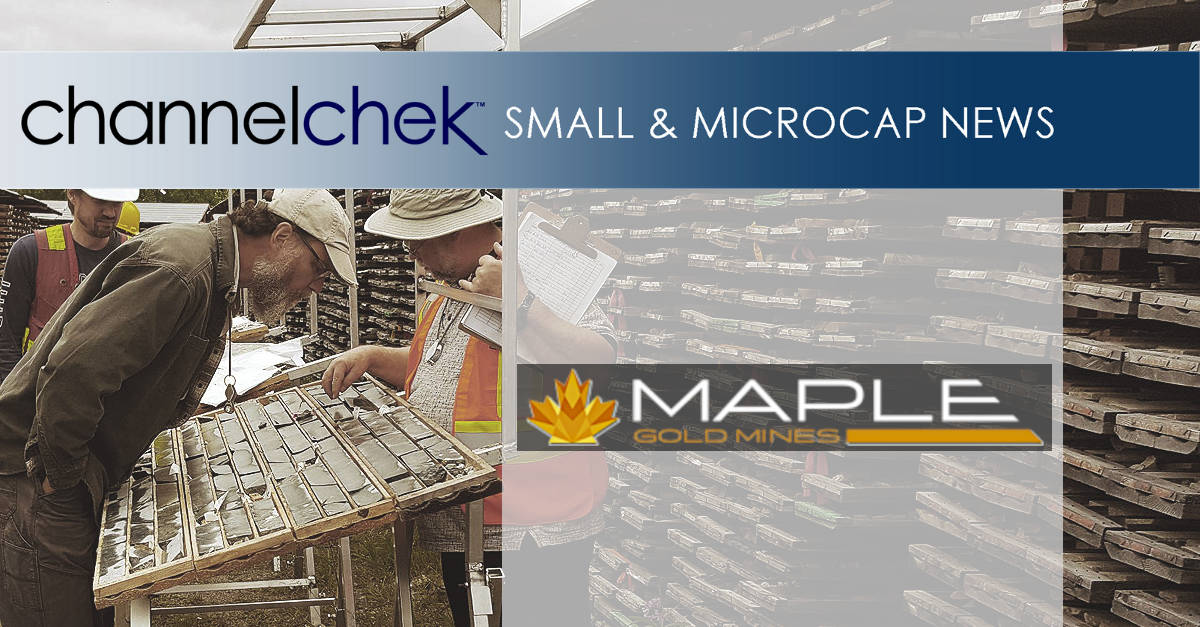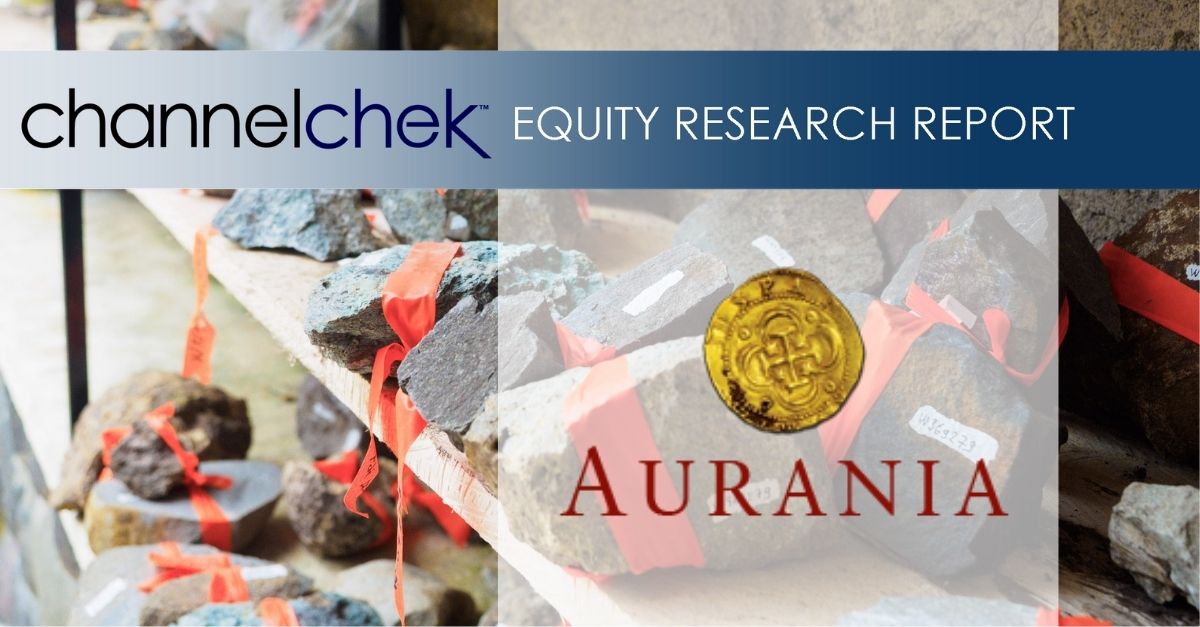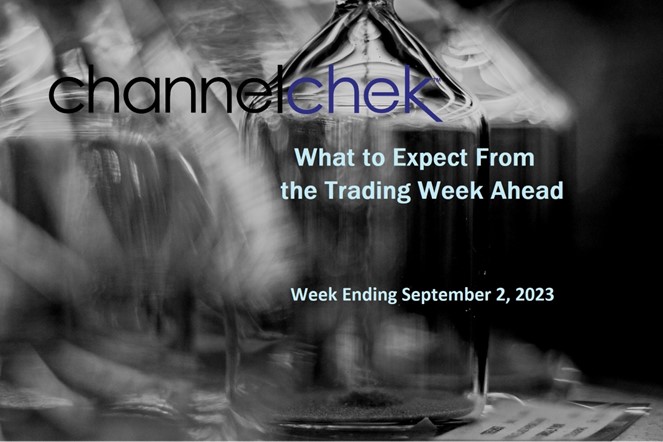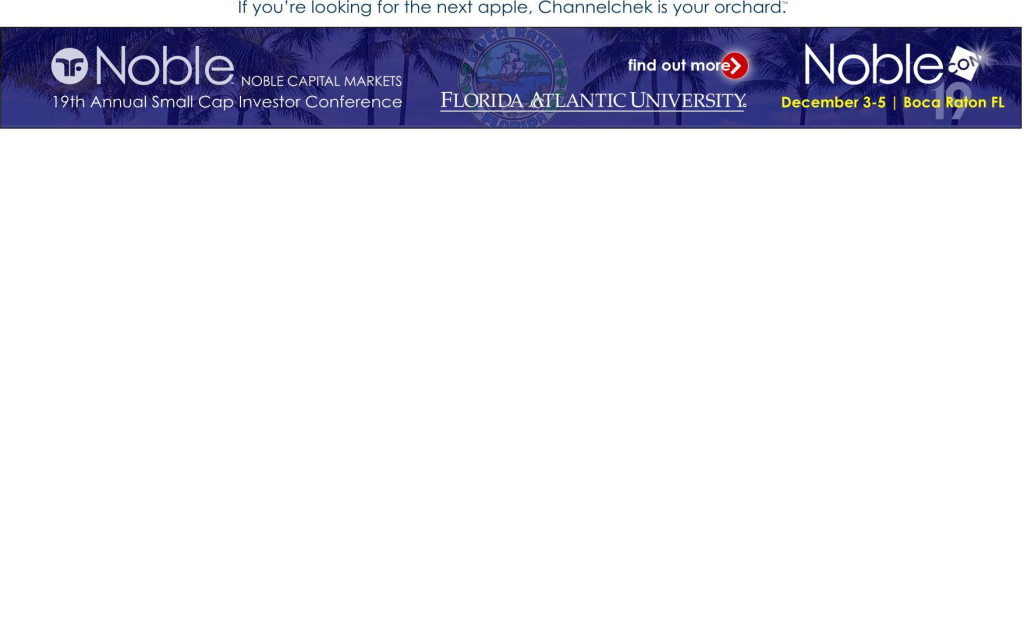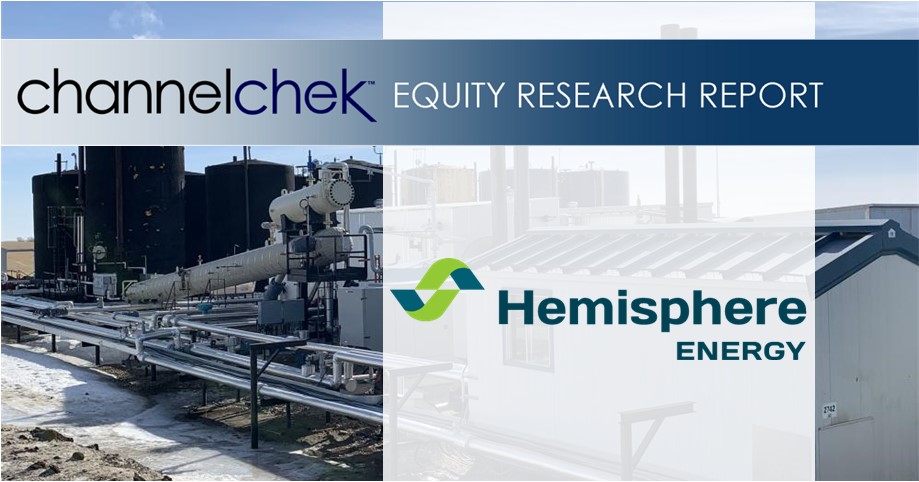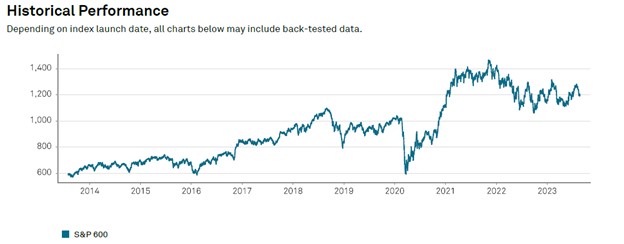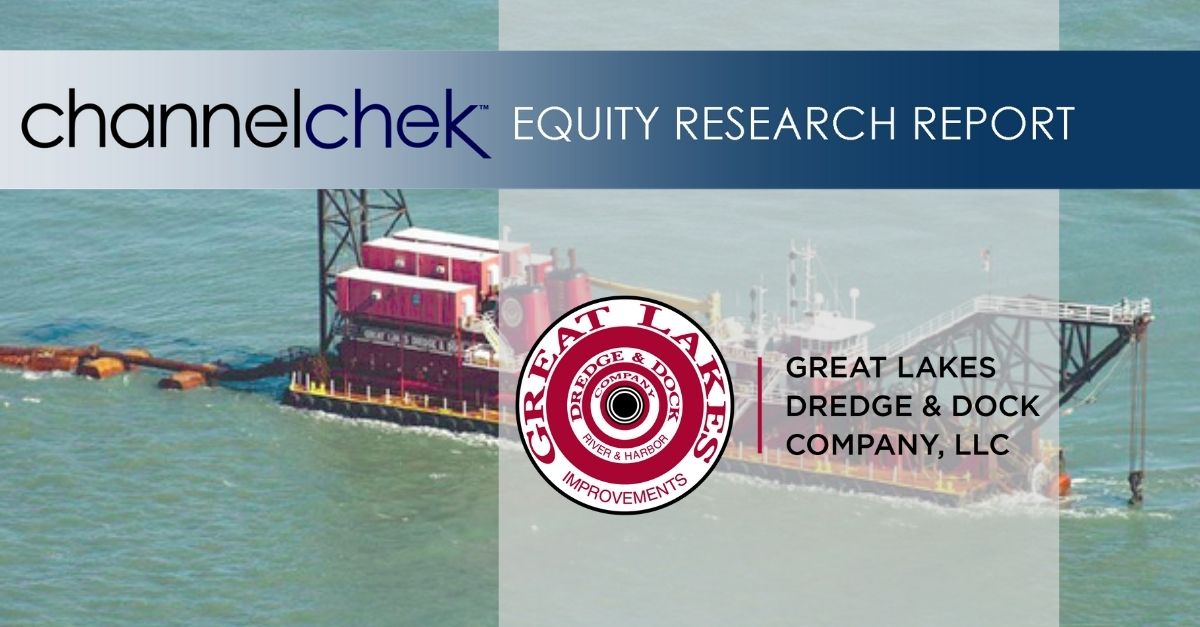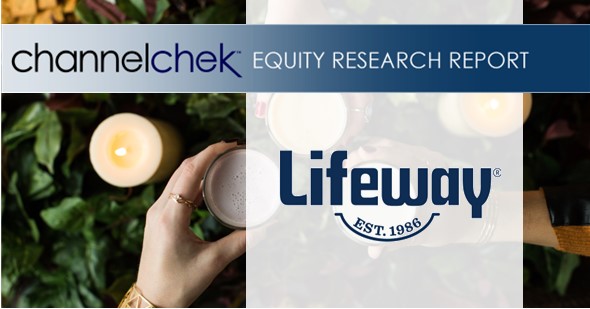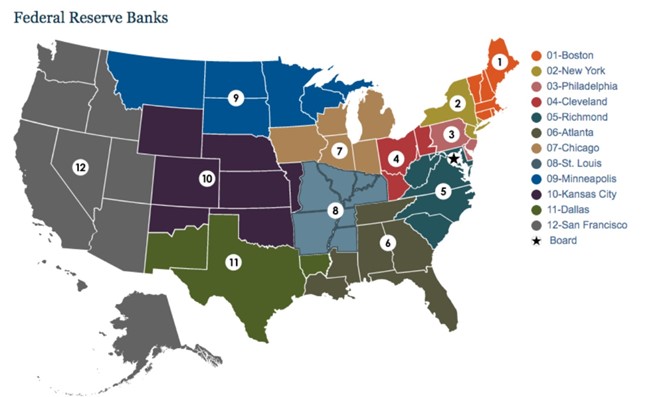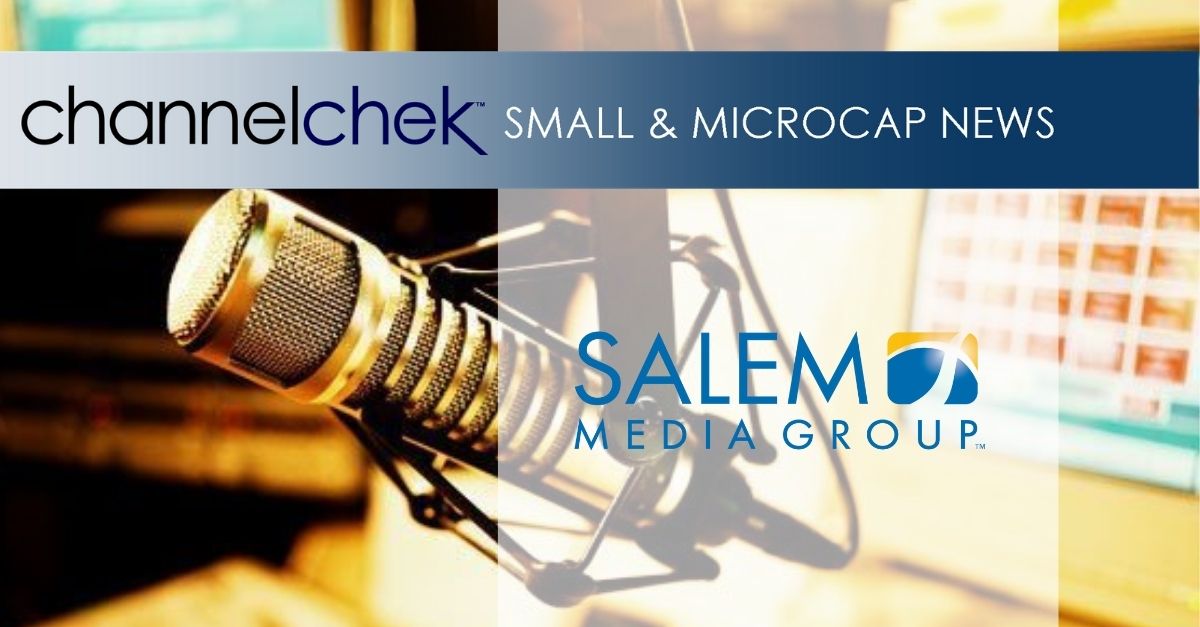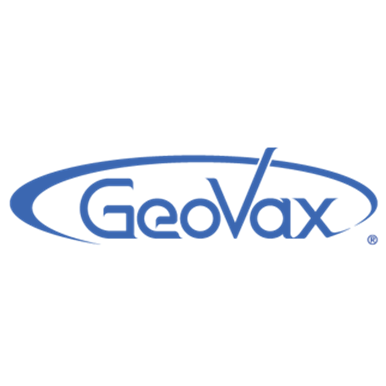
Research News and Market Data on GOVX
- Last updated: 28 August 2023 13:12
- Created: 28 August 2023 12:59
- Hits: 12
Patent Covers Multiple Component Vaccine for Both Prevention and Treatment
Atlanta, GA, August 28, 2023 – GeoVax Labs, Inc. (Nasdaq: GOVX), a biotechnology company developing immunotherapies and vaccines against cancers and infectious diseases, today announced that the U.S. Patent and Trademark Office has issued a Notice of Allowance for Patent Application No. 17/726,254 titled “Compositions and Methods for Generating an Immune Response to Treat or Prevent Malaria”.
The allowed claims cover compositions comprising GeoVax’s modified vaccinia Ankara (MVA) vector expressing Plasmodium antigens and methods of inducing an immune response to malaria utilizing the compositions. The compositions and methods covered in the allowed claims are useful both prophylactically and therapeutically and may be used to prevent and/or treat malaria.
According to data from the World Health Organization, globally, malaria causes 227 million infections and 619,000 deaths annually. Despite decades of vaccine research, vaccine candidates have failed to induce substantial protection. Most of these vaccines are based on individual proteins that induce immune responses targeting only one stage of the malaria parasite’s life cycle. GeoVax’s MVA-VLP malaria vaccine candidates incorporate antigens derived from multiple stages of the parasite’s life cycle and are designed to induce an immune response with durable functional antibodies and CD4+ and CD8+ T cell responses, all hallmarks of an ideal vaccine-induced immune response.
David Dodd, GeoVax President and CEO, commented, “We remain strongly committed to advancing innovation towards improving public health worldwide and this patent allowance reflects a potentially significant advancement relative to malaria prevention. Our development priorities continue to be our next-generation COVID-19 vaccine, currently in Phase 2 clinical trials, and our cancer immunotherapy program, with Gedeptin® as our lead product in a Phase 1/2 clinical trial for Advanced Head and Neck cancer. However, developing vaccines against global public health threats, such as malaria, is also part of our longer-term commitment focus. This patent allowance adds to our growing portfolio of wholly owned, co-owned, and in-licensed intellectual property, now standing at over 115 granted or pending patent applications spread over 24 patent families.”
About the GV-MVA-VLPTM Platform
GeoVax’s GV-MVA-VLPTM vaccine platform utilizes modified vaccinia Ankara (MVA), a large virus capable of carrying several vaccine antigens, that expresses proteins that assemble into virus-like particles (VLP) immunogens in the person receiving the vaccine. The production of VLPs in the person being vaccinated can mimic the virus production that occurs in a natural infection, stimulating both the humoral and cellular arms of the immune system to recognize, prevent, and control the target infection. The MVA-VLP derived vaccines can elicit durable immune responses in the host similar to a live-attenuated virus, while providing the safety characteristics of a replication-defective vector.
About GeoVax
GeoVax Labs, Inc. is a clinical-stage biotechnology company developing novel therapies and vaccines for solid tumor cancers and many of the world’s most threatening infectious diseases. The company’s lead program in oncology is a novel oncolytic solid tumor gene-directed therapy, Gedeptin®, presently in a multicenter Phase 1/2 clinical trial for advanced head and neck cancers. GeoVax’s lead infectious disease candidate is GEO-CM04S1, a next-generation COVID-19 vaccine targeting high-risk immunocompromised patient populations. Currently in three Phase 2 clinical trials, GEO-CM04S1 is being evaluated as a primary vaccine for immunocompromised patients such as those suffering from hematologic cancers and other patient populations for whom the current authorized COVID-19 vaccines are insufficient, and as a booster vaccine in patients with chronic lymphocytic leukemia (CLL). In addition, GEO-CM04S1 is in a Phase 2 clinical trial evaluating the vaccine as a more robust, durable COVID-19 booster among healthy patients who previously received the mRNA vaccines. GeoVax has a leadership team who have driven significant value creation across multiple life science companies over the past several decades. For more information, visit our website: www.geovax.com.
Forward-Looking Statements
This release contains forward-looking statements regarding GeoVax’s business plans. The words “believe,” “look forward to,” “may,” “estimate,” “continue,” “anticipate,” “intend,” “should,” “plan,” “could,” “target,” “potential,” “is likely,” “will,” “expect” and similar expressions, as they relate to us, are intended to identify forward-looking statements. We have based these forward-looking statements largely on our current expectations and projections about future events and financial trends that we believe may affect our financial condition, results of operations, business strategy and financial needs. Actual results may differ materially from those included in these statements due to a variety of factors, including whether: GeoVax is able to obtain acceptable results from ongoing or future clinical trials of its investigational products, GeoVax’s immuno-oncology products and preventative vaccines can provoke the desired responses, and those products or vaccines can be used effectively, GeoVax’s viral vector technology adequately amplifies immune responses to cancer antigens, GeoVax can develop and manufacture its immuno-oncology products and preventative vaccines with the desired characteristics in a timely manner, GeoVax’s immuno-oncology products and preventative vaccines will be safe for human use, GeoVax’s vaccines will effectively prevent targeted infections in humans, GeoVax’s immuno-oncology products and preventative vaccines will receive regulatory approvals necessary to be licensed and marketed, GeoVax raises required capital to complete development, there is development of competitive products that may be more effective or easier to use than GeoVax’s products, GeoVax will be able to enter into favorable manufacturing and distribution agreements, and other factors, over which GeoVax has no control.
Further information on our risk factors is contained in our periodic reports on Form 10-Q and Form 10-K that we have filed and will file with the SEC. Any forward-looking statement made by us herein speaks only as of the date on which it is made. Factors or events that could cause our actual results to differ may emerge from time to time, and it is not possible for us to predict all of them. We undertake no obligation to publicly update any forward-looking statement, whether as a result of new information, future developments or otherwise, except as may be required by law.
Contact:
GeoVax Labs, Inc.
678-384-7220

